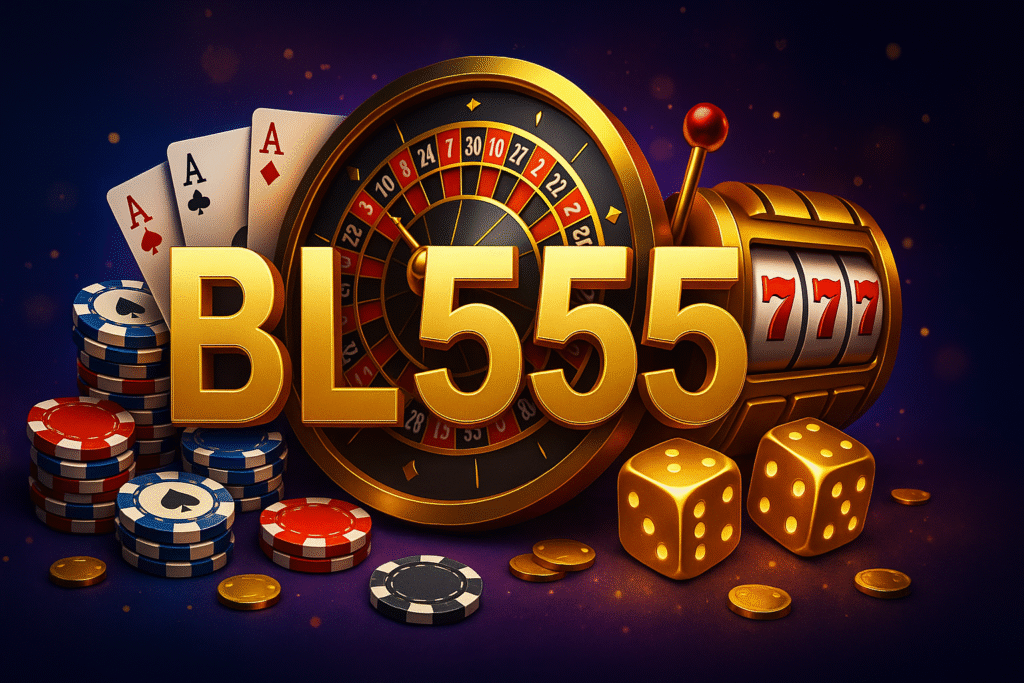
Ever wondered why casino games are so compelling, or why players often return even after a loss? It’s not just about luck or chasing a big win—there’s real psychology behind how these games are designed. Game developers use a range of techniques to keep players engaged, from sounds and visuals to reward schedules. For those curious to explore top-tier platforms that feature expertly designed games, BL555 is a great entry point into the modern online casino experience.
Casino game design taps into fundamental principles of human psychology—especially related to behavior, risk, and reward. One of the most powerful tools used in this space is variable ratio reinforcement, a concept taken from behavioral psychology. This means rewards (in this case, wins) are delivered at unpredictable intervals, much like what happens in slot machines. Because players don’t know when the next win is coming, they keep playing in hopes it’s “just one spin away.”
Sound and visuals are also critical. The flashing lights, celebratory sounds, and colorful animations create a sensory-rich environment that stimulates excitement. Even small wins are often accompanied by overly celebratory visuals and sounds, reinforcing the idea that something significant has happened—even when the payout is less than the original bet. These effects are designed to make the experience feel more rewarding than it actually is.
Another design element is the illusion of control. In games like blackjack or poker, players can make decisions, which gives them a sense of agency. Even though chance still plays a significant role, the ability to influence the outcome appeals to players who prefer strategic play. In slots, the use of “stop” buttons or bonus selection screens gives a similar feeling, even though the outcomes are predetermined by RNGs.
Near-misses are another psychological trick. When the reels stop just short of a winning combination, it creates the illusion that the player almost won—encouraging them to try again. Studies show that near-misses activate the same areas of the brain as actual wins, making them a powerful tool for retention.
Gamification is increasingly used in online casinos. Players might be given missions, achievements, or leaderboards to climb. These features provide additional goals outside of just winning money. Progress bars, tiered loyalty programs, and daily challenges add to a player’s sense of accomplishment, increasing their desire to return and complete more tasks.
Casino game designers also employ losses disguised as wins (LDWs). This is when a player bets $1.00 and wins $0.50, but the game still plays celebratory animations and sounds. This reinforces the experience as positive, even when the player is technically losing money. Over time, this can alter a player’s perception of how well they’re doing.
Time distortion is another key factor. Because casino games are fast-paced and immersive, players often lose track of time. Some online platforms purposely avoid showing clocks or timestamps, making it easier for users to stay engaged longer than intended. Fortunately, responsible platforms are now introducing tools like session reminders and automatic logouts to help players manage their time.
Importantly, many of these psychological tools can be used ethically to enhance user experience without encouraging harmful behaviors. When paired with strong responsible gambling measures, such as deposit limits and cooling-off periods, casinos can offer an engaging yet safe environment for entertainment.
Conclusion
The psychology of casino game design plays a central role in shaping the player experience. Through careful use of visuals, sounds, reward structures, and game mechanics, developers create engaging environments that keep users coming back. While these strategies are powerful, understanding them can help players make informed choices and gamble more responsibly. When combined with self-awareness and proper limits, casino gaming can remain a fun and controlled form of entertainment.